Carpenter Ants in Home | Prevention & Solutions
Carpenter ants can be a serious nuisance when they invade your home. These large black ants can cause significant damage to the wood in your house as they burrow through it to create their nests. To protect your home from carpenter ants and avoid costly repairs, it's crucial to take proactive measures. In this article, we will explore effective prevention strategies and solutions for controlling carpenter ants.

Key Takeaways:
- Prevent carpenter ant infestations by keeping firewood and wood products away from your exterior walls, elevating them off the ground, and avoiding storing firewood inside.
- Trim branches and bushes that may provide shade and moisture, as carpenter ants are attracted to rotting wood.
- Address any water issues near your home, repair rotted areas, and seal gaps and cracks in your foundation walls to eliminate potential entry points for carpenter ants.
- Identify carpenter ants by looking for characteristic body features, such as a single bump on their waist, a curved back to their thorax, a heart-shaped head, and elbowed antennae.
- Signs of carpenter ant infestation include large black ants, piles of wood shavings or sawdust around baseboards or windowsills, and smooth carvings in wood.
Identifying Carpenter Ants
Carpenter ants can vary in size and color, but they all share similar body characteristics that can help you identify them. Look for a single bump on their waist, a curved back to their thorax, a heart-shaped head, and elbowed antennae. These distinct features set carpenter ants apart from other ant species.
When trying to determine if you have a carpenter ant infestation, there are several signs you should be on the lookout for. One common indication is the presence of large black ants in and around your home. These ants can be an indicator of a carpenter ant colony nearby.
Another clue is the presence of piles of wood shavings or sawdust around baseboards or windowsills. Carpenter ants create tunnels by excavating wood, leaving behind these telltale signs of their presence. Additionally, smooth carvings in wood may indicate their activity.
Furthermore, if you hear rustling sounds within the woodwork of your home, it could be a sign of carpenter ants. As they burrow through wood, they can create noise that is audible if you listen closely.

Getting Rid of Carpenter Ants
When it comes to dealing with a carpenter ant infestation, there are several effective methods you can try. By taking the right approach, you can eliminate these pests from your home and protect your property. Here are some tried-and-true methods for getting rid of carpenter ants:
Using Toxic Bait
One effective option is to use toxic bait to attract the carpenter ants. Invest in ant bait stations that contain a slow-acting poison. The ants will be enticed by the bait, carry it back to their nest, and unknowingly eliminate the entire colony. It is important to place the bait stations strategically where carpenter ants are active, ensuring they have easy access to them.
Treating Nests with Direct Dusting
An alternative method is to treat carpenter ant nests directly with dusting agents. By applying insecticidal dust, such as diatomaceous earth, to their nests, you can effectively dehydrate and eliminate the ants. Remember to wear protective gloves and a mask while applying the dust, as they can be irritants if inhaled or come in contact with your skin.
Using Boric Acid and Powdered Sugar Mixture
Boric acid mixed with powdered sugar can be another potent weapon against carpenter ants. The sweet aroma of the powdered sugar will attract the ants, while the boric acid acts as a toxic substance. The ants will consume the mixture, take it back to their nest, and unwittingly spread it, effectively eliminating the colony. Be cautious when using boric acid, as it can be toxic to humans and pets if ingested.
Disrupting Carpenter Ant Scent Trails
Carpenter ants use scent trails to navigate and communicate. By cleaning surfaces with essential oils or a water and vinegar solution, you can disrupt these scent trails and impede their movement. Focus on areas where you have noticed ant activity or trails, such as baseboards, windowsills, and countertops. Regularly cleaning and wiping down these surfaces will discourage ants from returning.

Applying Diatomaceous Earth
Diatomaceous earth can be an effective and natural way to eradicate carpenter ants. This fine, powdery substance is derived from fossilized remains of aquatic organisms and works by dehydrating and eventually killing the ants. Apply a thin layer of diatomaceous earth near cracks, crevices, and areas where carpenter ants are active. Remember to use caution and wear gloves to avoid direct contact with the fine particles.
When utilizing any of these methods, it is imperative to follow safety precautions, especially when dealing with toxic substances or using protective gear. If the infestation persists or you are unsure how to handle the problem, it is recommended to seek professional help from a pest control technician with experience in carpenter ant treatment.
Preventing Carpenter Ant Infestations
To prevent carpenter ant infestations, it is important to take proactive measures to protect your home from these destructive pests. By following a few simple steps, you can significantly reduce the risk of carpenter ant damage.
Remove Clutter and Mess
One of the first steps in preventing carpenter ant infestations is to remove clutter and mess in your home. These pests are attracted to areas with available food and shelter, so keeping your living spaces clean and organized will make them less appealing. Regularly clean the floors, wipe down surfaces, and vacuum thoroughly to eliminate crumbs and food debris that could attract carpenter ants.
Fix Leaks and Address Wood Rot
Carpenter ants are attracted to moist, decaying wood. To prevent carpenter ant damage, it is important to fix any leaks that could lead to wood rot. Check for any water issues near your home, such as leaking pipes or clogged gutters, and address them promptly. Regularly inspect your home for signs of rotting wood and take steps to repair or replace affected areas.
Seal Cracks and Crevices
Carpenter ants can easily find their way into your home through tiny cracks and crevices in your foundation, walls, and windows. Seal these entry points to keep ants out. Use caulk to seal gaps around windows and doors, and inspect your foundation for any cracks that need to be repaired. Installing screens on doors and windows will also help to keep carpenter ants from entering your home.
Trim Natural Debris
Keeping natural debris, such as tree limbs and branches, trimmed and away from your home can help prevent carpenter ant infestations. These pests are attracted to rotting wood, so make sure to remove any fallen branches or piles of firewood that are stored near your home. By clearing away potential nesting sites, you can reduce the risk of carpenter ants finding their way into your living spaces.
Conclusion
Protecting your home from a carpenter ant infestation is crucial to avoid extensive carpenter ant damage to the wood. By identifying signs of carpenter ant infestation early on and taking preventive measures, you can safeguard your home from potential harm.
Regular inspections and maintenance play a vital role in the early detection and swift resolution of carpenter ant infestations. Through these proactive measures, you can identify and address any infestations before they worsen and cause significant damage.
If you find yourself facing a severe carpenter ant infestation or are unsure how to handle the problem, it is highly recommended to seek professional help from a skilled and experienced pest control technician. They will have the knowledge and expertise to effectively tackle the infestation and mitigate any potential carpenter ant damage.
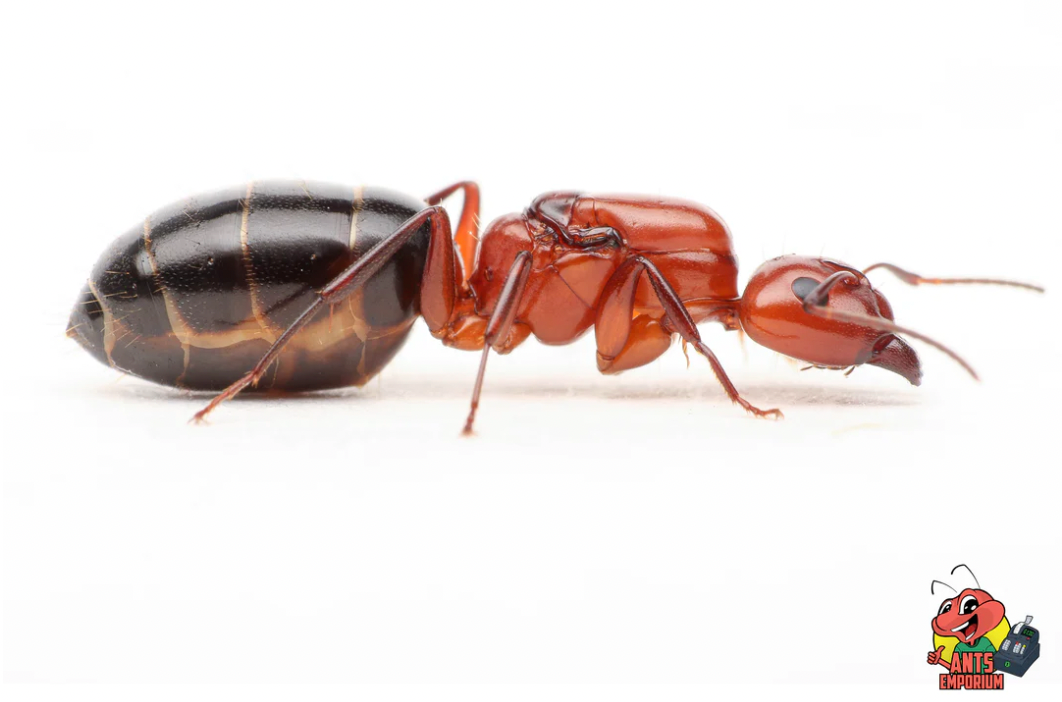

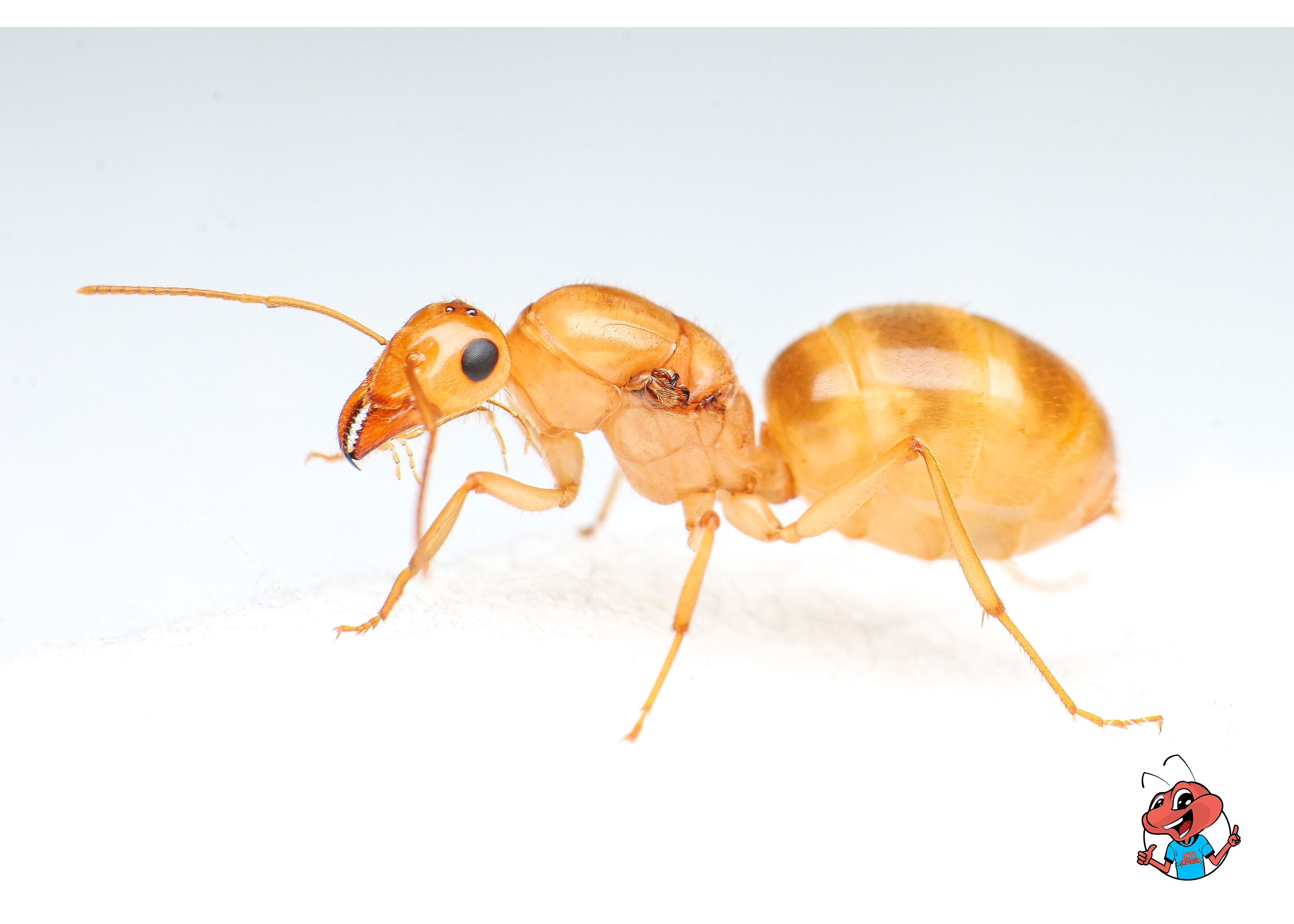
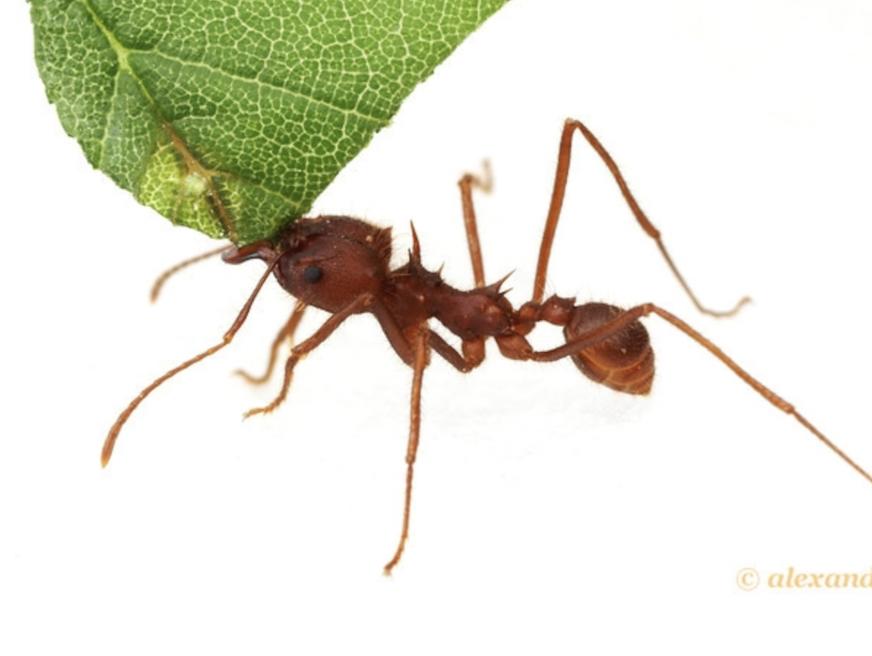
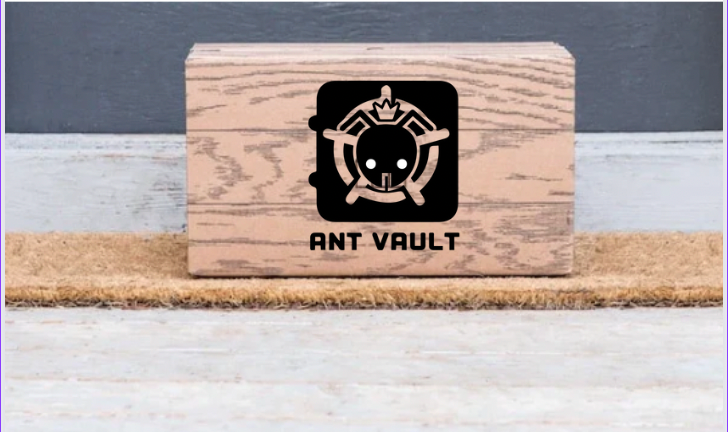


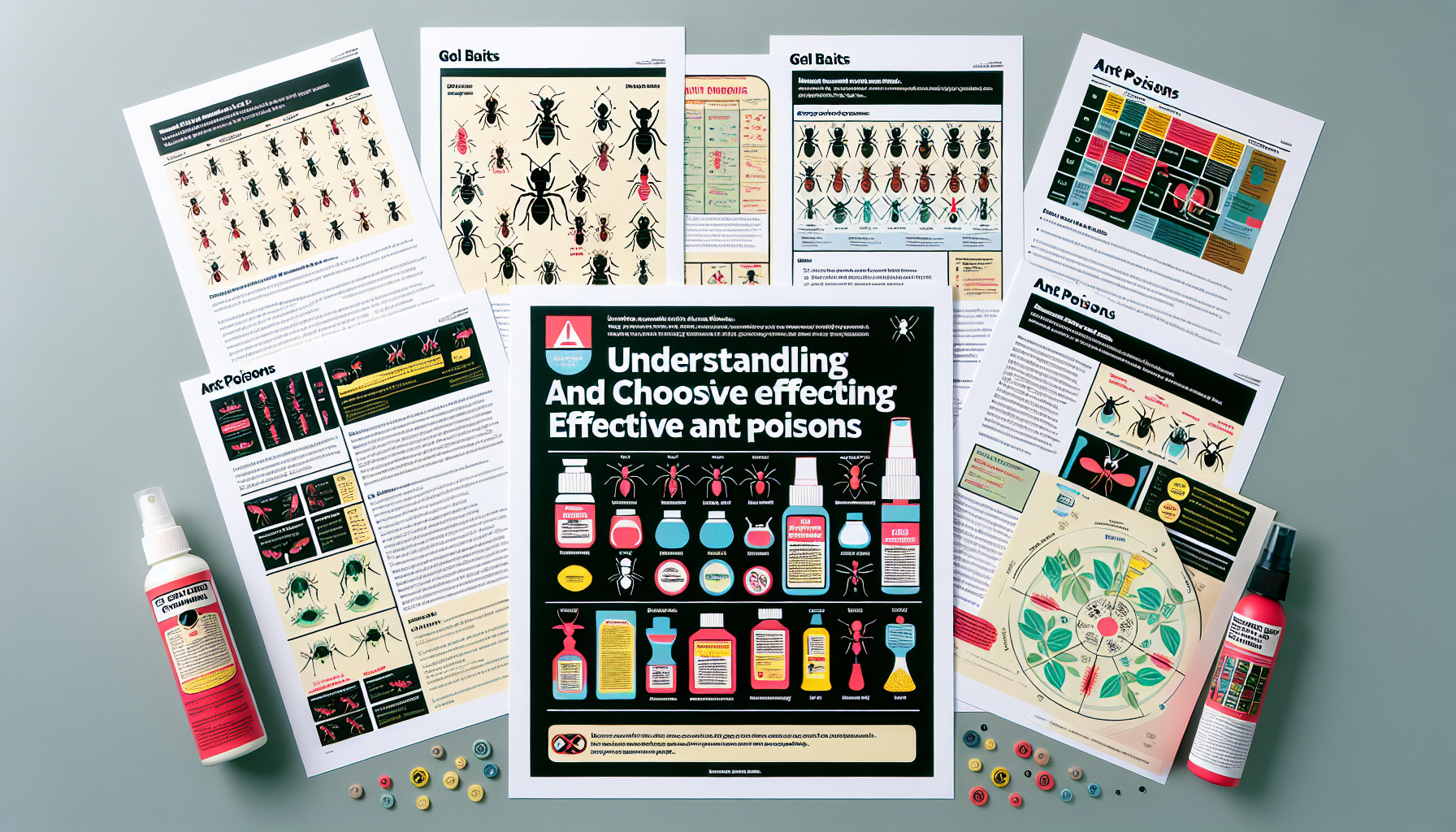
Leave a comment